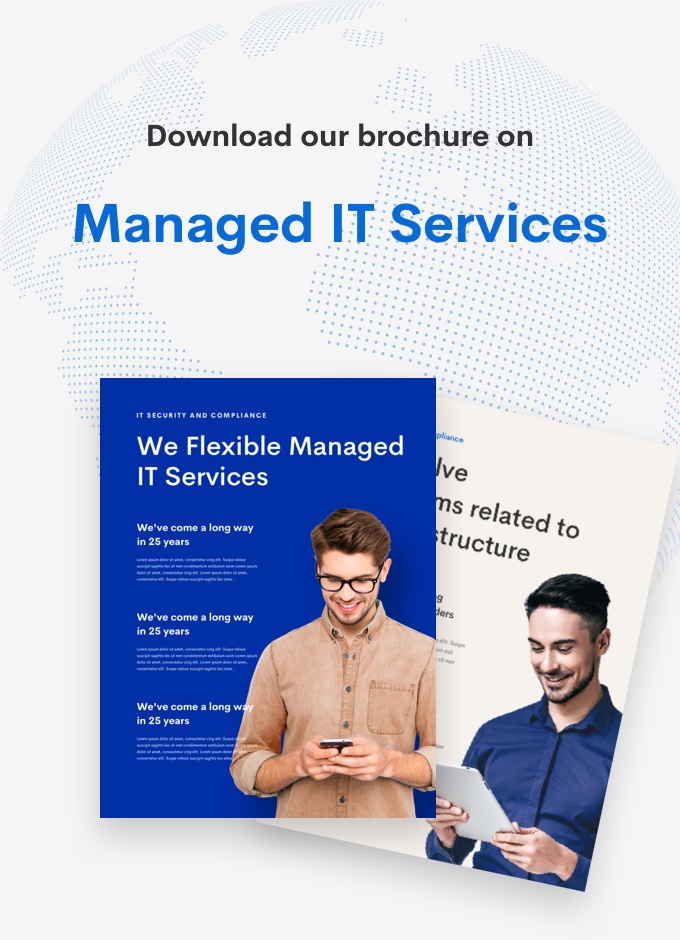Bringing Dull Content to Life with Engaging Videos: Strategies of Content Service for Education

Bringing Dull Content to Life with Engaging Videos: Strategies of Content Service for Education
In the realm of education, captivating students’ attention amidst dense or dull content can be a daunting task. Fortunately, the integration of educational videos has revolutionized traditional teaching methods by offering a dynamic and interactive approach to learning.
Here, video content enhances engagement as well as facilitates better retention and comprehension of complex topics. To effectively use the power of videos in education and transform mundane content into compelling learning experiences, educators can employ several strategic tips and best practices. So, let’s check how these strategies of content service for education can be effective.

1. Know Your Audience and Objectives
Before diving into video creation, you need to understand your students’ demographics, interests, and learning preferences. For this, you can conduct surveys, polls, or informal interviews to gather information regarding their age, background, prior knowledge, and areas of interest. This data helps tailor your content to resonate with their interests and align it with specific learning objectives. Consider using examples and scenarios that students can relate to in their daily lives.
Additionally, define clear learning outcomes for each video. Know exactly what you want your students to learn by the end of the video. It ensures relevance and increases engagement from the outset. So, this targeted approach not only keeps students interested but also makes the learning experience more meaningful.
2. Storyboarding and Scripting
A well-structured video begins with a clear storyboard and script. So, you can start by outlining the key points you wish to convey and organize them into a coherent narrative. Use a storyboard to visualize each scene, considering the flow of information and how best to represent it visually.
In this regard, you can break down complex concepts into digestible segments. As a result, it ensures clarity and flow throughout the video. Each segment should build on the previous one, leading to a logical conclusion. For this, write a script that is concise, engaging, and accessible. Use simple language and avoid jargon unless necessary, explaining technical terms when they arise. Rehearse the script multiple times to ensure it sounds natural and clear when delivered. Here, a well-planned storyboard and script are the backbone of an effective educational video.
3. Keep It Concise and Focused
Attention spans are limited, especially in educational settings. So, aim for brevity while maintaining substance. Shorter videos (5-10 minutes) are often more effective in holding students’ attention and conveying essential information without overwhelming them.
4. Visual Appeal and Production Quality
Visual elements play a pivotal role in video engagement. In this regard, these strategies can be effective-
- Use high-quality visuals, graphics, animations, and charts to reinforce key concepts visually.
- Good production quality involves clear audio, stable visuals, and well-lit scenes.
- Invest in a decent microphone and camera, or use screen recording software with high resolution.
- Incorporate diverse multimedia elements to cater to different learning styles and enhance comprehension. For instance, you can use animations to illustrate abstract concepts or step-by-step processes.
- Infographics can help summarize data or complex information. Transition effects and background music can add polish and keep the video dynamic. Here, ensuring high production quality with the help of content service for education makes the video more professional and engaging. It helps maintain student interest and facilitates better understanding.
5. Interactive Elements
Interactive elements are quite helpful such as quizzes, polls, or reflective questions within the video to encourage active participation and critical thinking. You can embed these elements at key points to reinforce learning and check comprehension. For example, after explaining a concept, pose a multiple-choice question to test understanding.
Use polls to gather opinions or prompt discussions. Reflective questions can encourage students to think about how the new information relates to their own experiences or prior knowledge. Interactive features not only break the monotony but also promote deeper engagement and retention of information. In this way, by making the learning process interactive, you foster a more engaging and effective educational experience.
6. Incorporate Real-World Examples and Applications
Relate abstract theories or concepts to real-world scenarios that students can easily connect with. Use case studies from current events, relevant industries, or historical contexts to illustrate how theoretical concepts are applied in practice. For example, when teaching principles of economics, you could discuss how these principles are evident in recent market trends or business strategies of well-known companies. Demonstrations, such as laboratory experiments or live problem-solving sessions, can also bring theories to life. Practical applications, such as simulating a business plan for a start-up or analyzing real data sets, help bridge the gap between theory and practice. These examples make the content more relevant and relatable, helping students see the value and applicability of what they are learning. If you need professional help, you can opt for quality content service for education.
7. Embrace Storytelling Techniques
Engage students emotionally by incorporating storytelling techniques into your videos. Narratives, anecdotes, or personal experiences related to the topic can captivate interest, evoke empathy, and reinforce learning outcomes. Start your video with a compelling story that sets the stage for the lesson. For instance, in a history class, you might begin with a dramatic retelling of a significant historical event. Use characters and plot to make the content more engaging. Personal experiences can also be powerful; sharing how a particular concept impacted your life or career can make the lesson more relatable. Storytelling can also include using case studies as stories, with clear beginnings, challenges, and resolutions, to help students understand complex ideas through relatable scenarios.
8. Accessibility and Inclusivity
Ensure your videos are accessible to all students, including those with disabilities or diverse learning needs. Provide subtitles and transcripts to support students who are deaf or hard of hearing and those who prefer reading along. Use high-contrast visuals and clear, large fonts to assist students with visual impairments. Consider including audio descriptions for visual content for those who are blind or have low vision. Offer alternative formats, such as downloadable PDFs of key points or accessible versions of interactive content. Incorporate Universal Design for Learning (UDL) principles to address diverse learning styles and needs. Providing these accommodations ensures that every student has an equal opportunity to engage with and benefit from the video content. If you want to make professional videos, you can opt for content service for education.

Final thoughts
Transforming dull content into engaging educational videos requires careful planning, creativity, and a deep understanding of pedagogical principles. By leveraging these strategies—from effective storytelling and interactive elements to visual appeal and inclusivity—educators can effectively harness the power of video content to enrich learning experiences and inspire students’ curiosity and enthusiasm for learning.
By adopting these best practices, educators can not only make learning more enjoyable and accessible but also empower students to grasp complex concepts with greater ease and retention. Embrace the transformative potential of educational videos and watch as dull content comes to life, fostering a vibrant and engaging learning environment for students.
Ready to bring your educational content to life? OliveQSol is here to help you transform dull lessons into captivating, interactive video experiences. With our expert team and cutting-edge technology, we provide tailored solutions that make learning enjoyable and effective. Visit our website today to learn more about our services and start creating engaging educational videos that inspire and educate. Unlock the full potential of your curriculum with OliveQSol—where innovation meets education. So, for the best digital content transformation services, Contact us now to get started!


